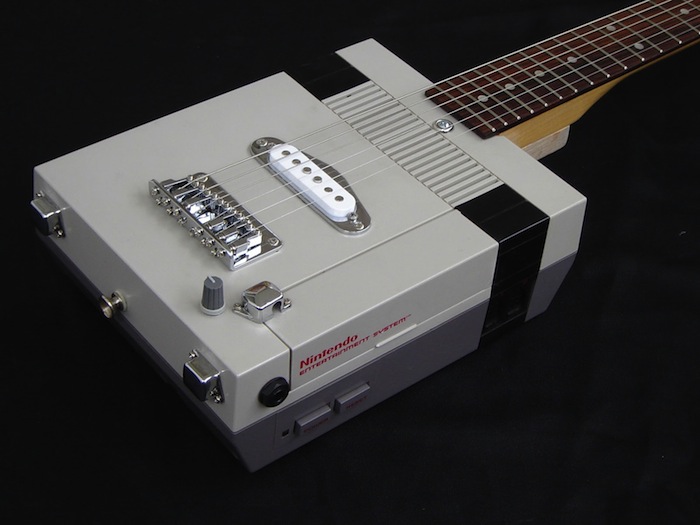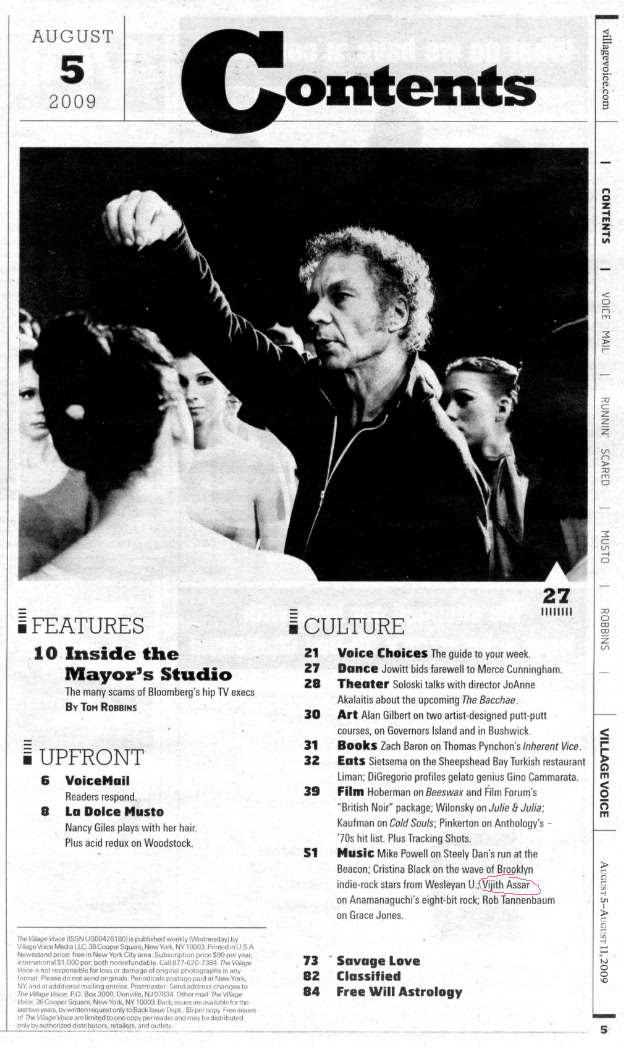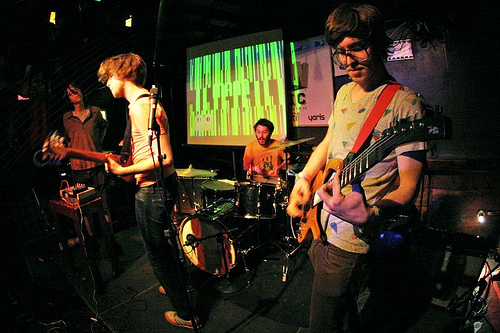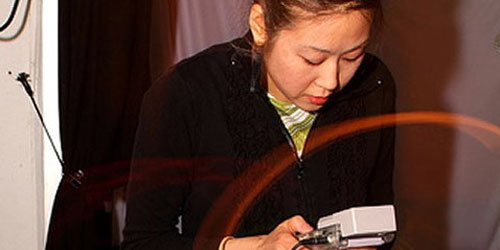
It’s time once again for the Blip Festival, about which I have written far too many times already, so this year I took a step back and used it as a way to more generally discuss the ongoing conversion of music into a heavily technical endeavor.
When his predecessor first took office, even basic familiarity with a Web browser was considered the exclusive domain of geeks, but Mayor Bloomberg kicked off his 2012 with a tweet resolving to learn programming. Facebook built an empire from thumbs-up clicks, as evidenced by last week’s IPO. The march toward the future might be relentless and inescapable, but sometimes it’s still easy to overlook the largest strides. Music is likewise an increasingly technical game, from creation to promotion to distribution. Which brings us to this weekend’s Blip Festival, the annual celebration of retro video games and one of New York’s geekiest music events.
more







